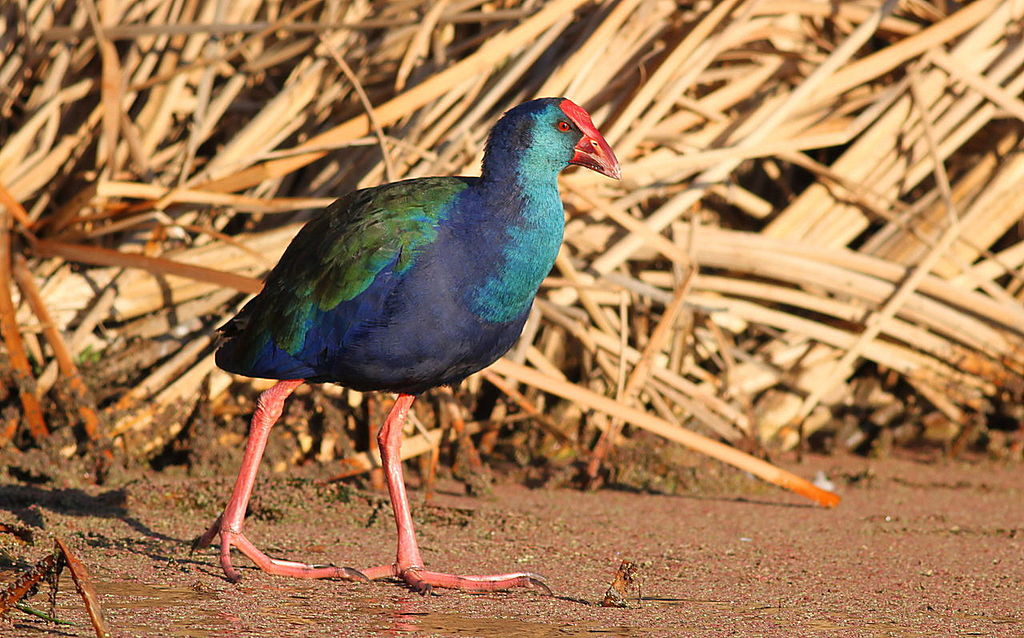Charger images
Les formats d'image autorisés sont de type jpeg, png ou gif
La taille maximale du fichier doit être de 20MB


A wetland in an arid habitat. More than 100 bird species have been recorded at Ashalim Reservoir.
The Ashalim reservoir, located at the edge of the Dead Sea industrial zone, is a wet habitat, situated within a typical arid habitat. The reservoir was created in the 1990s, east of Route 90. In the area where the Amatsyahu, Tzin, and Arava rivers flow into the Dead Sea. It is abundant with rich biological diversity. The southern part of the reservoir, Sodom Saltmarsh Lake (known as “Swan Lake”, even though no swans are there), is permanently flooded. Due to the permanent presence of water dense vegetation grows on the banks. The site attracts water birds and birds of prey, some nesting and some migratory, including Fuligule nyroca, Sarcelle d'été, Rousserolle stentor, Échasse blanche, Vanneau éperonné, Blongios nain, Souimanga de Palestine, Talève d'Afrique and Busard des roseaux. But many more, see the birdlist below.
At the junction of the Sodom Square complex on Highway 90, turn east to Highway 2499. After driving 200 meters north, you’ll see the sign for the Sodom Salt Marshes Observation Point. Turn carefully and drive on the sandstone road. Follow the signs to the parking lot. You can easily climb up to the observation point.
Votre feedback sera transmis à l’auteur.rice de cette zone et à l’équipe éditoriale de Birdingplaces, qui l’utiliseront pour améliorer la qualité des informations. (Vous souhaitez publier un commentaire visible en bas de page ? Fermez cette fenêtre et choisissez l’Option 1 : « Publier un commentaire, un conseil ou une observation ».)
Veuillez fournir des suggestions d'améliorations ou d'ajouts au texte de ce site ornithologique.
Veuillez fournir vos suggestions d'améliorations ou d'ajouts à la carte.
Veuillez fournir des suggestions d'améliorations ou d'ajouts à la liste des oiseaux.
Cliquez sur l'icône de l'oiseau () Insérez les noms d'oiseau dans votre langue. Ils seront automatiquement traduits pour les autres usagers !